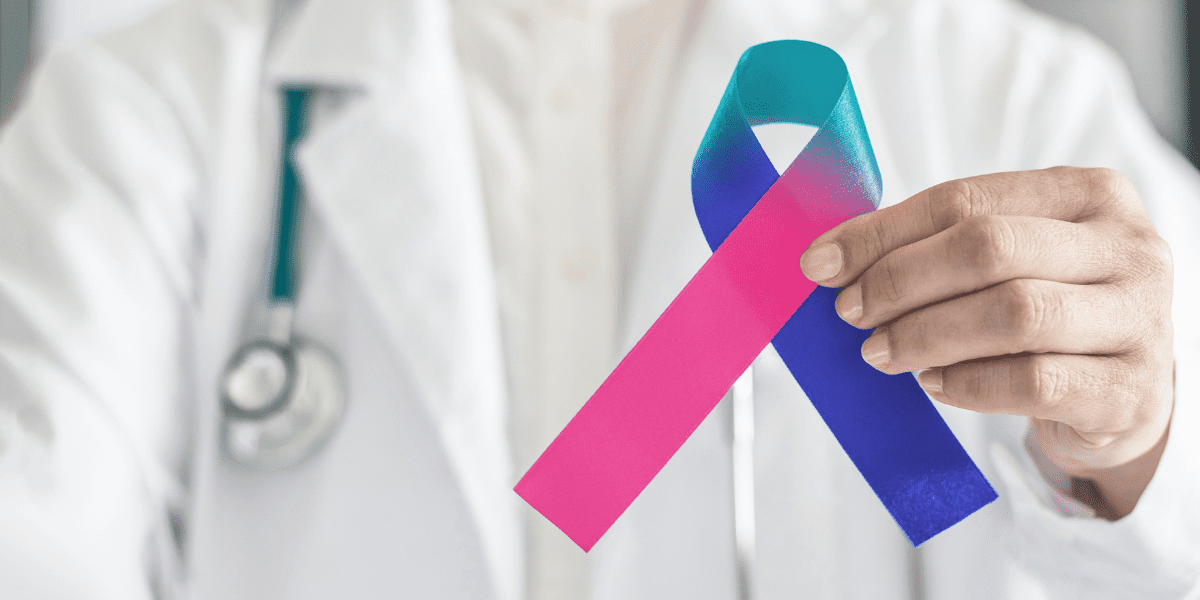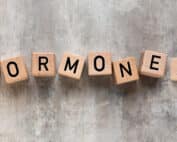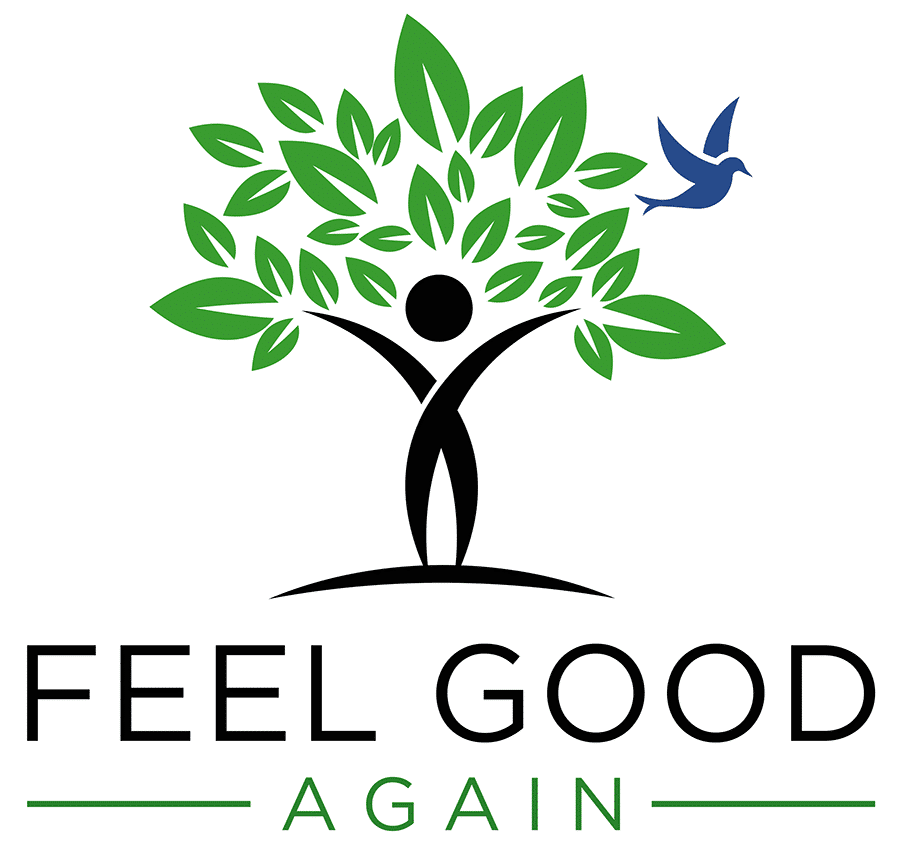Top 5 Cancer Risks You Can Control. The thought of developing cancer is a very serious concern that is quite scary, physically, emotionally and financially. It’s something that once a person gets it, they may have a lingering feeling of doom. Will it recur and if so, when?
According to the World Health Organization, cancer is the second leading cause of death globally and is responsible for an estimated 9.6 million deaths in 2018. Globally, about 1 in 6 deaths is due to cancer.

As a functional, integrative and anti-aging physician, my focus is on prevention. Prevention is key when it comes to cancer risk and there are a lot of risks you can control. Cancer risk increases if there is a family history and most cancers occur as you get older. You can’t change your age or genetics, however many of the other risk factors are under your control.
Let’s look at the factors that are under your control but first what are the most common cancers in the US and the world?
Top cancers in the US are
- Skin, Lung, Prostate, Breast, Colorectal, Kidney, Bladder, Non-Hodgkins Lymphoma
The Top Cancers in the World are:
- Lung, Breast, Colorectal, Prostate, Skin, Stomach
Behavior and Lifestyle are Key
According to the World Health Organization, around one third of deaths from cancer are due to the 5 leading behavioral and dietary risks: high body mass index, low fruit and vegetable intake, lack of physical activity, tobacco use, and alcohol use. Let’s break this down:
- Exercise may reduce the risk of cancer by decreasing inflammation, improving the immune system, changing the metabolism of bile acids that bind toxins and decreasing exposure of the gastrointestinal tract to toxins by eliminating them quicker, lowering sex hormones, preventing obesity and preventing high insulin. Bladder, breast, colon, endometrial, kidney, and stomach cancers are associated with decreased activity.
-
- A well-rounded exercise program consists of 150 to 300 minutes of moderate-intensity aerobic activity, or 75 to 100 minutes of vigorous aerobic activity a week,muscle-strengthening activities at least 2 days a week and balance training, in addition to aerobic and muscle-strengthening activity.
-
- Alcohol use is one of the most important preventable risk factors for cancer, along with tobacco use and excess body weight. Alcohol use accounts for about 6% of all cancers and 4% of all cancer deaths in the United States. Yet many people don’t know about the link between alcohol use and cancer. It is associated with increased risk of cancer in the mouth, throat, larynx, esophagus, liver, colon, rectum and breast.
-
- The amount of alcohol someone drinks over time, not the type of alcoholic beverage, seems to be the most important factor in raising cancer risk.
-
- Obesity is a major risk factor not only for cancer but for many chronic illnesses. Such as heart disease, arthritis, diabetes, high blood pressure and high cholesterol. Fat cells release inflammatory cytokines. Inflammation is at the root cause of most chronic illness, cancer being one of them.
-
- There are many food plans, diets and beliefs about what constitutes a healthy diet and lifestyle. After that, how to best lose weight. However, a tailored approach based on individual risk factors and uncovering hidden food sensitivities. Combining this with adequate sleep, reducing toxins and increasing exercise and hormone balance has reversed inflammation and chronic illness and enabled people to lose weight more easily.
-
Important Cancer Care
- Fruit and vegetable intake are one of the most important factors related to overall health. Most people who come to my practice don’t eat even the bare minimum of 5 servings of fruits and vegetables a day. Yet it takes about 10 servings to get optimal nutrition. Now that food is grown in nutrient depleted soil, is not picked ripe. It loses nutrients in the shipping process and storage. Cooking the food has less nutrients by the time it gets to your table. Many people either eat too fast or lack digestive enzymes to break down their food and don’t get the full complement of nutrients.
-
- Eat 8 servings of vegetables and 2 servings of fruit daily. Be sure to choose whole foods that are fresh or frozen, chew your food thoroughly and relax or chill when you eat so you stimulate the flow of digestive enzymes, digest better and extract more nutrients.
-
- Tobacco use is the most important risk factor for cancer. However, is responsible for approximately 22% of cancer deaths. While lung cancer has the most known connection to cancer. Smoking or exposure to secondhand smoke is implicated in inducing other types of cancer. Acute myeloid leukemia, bladder, cervix, colon and rectum, esophagus, kidney, larynx, liver, trachea, bronchi, mouth, throat, pancreas and stomach cancer are all linked to smoking according to the CDC.
-
- Choose to be in smoke free environments and seek help if you want to stop smoking. Even chewing tobacco can increase cancer risk, especially of the mouth and throat.
-
Top 5 Cancer Risks You Can Control Conclusion:
There are many other risk factors such as stealth infections. Furthermore, hormone imbalances, toxins, nutritional excess and nutrition deficiencies and stress as well as environmental and genetic factors. To get a comprehensive look at how to reduce your risk, get an evaluation by a functional medicine physician at Vibrance for Life.





She is a recognized and award-winning holistic, functional, integrative and anti-aging healthcare practitioner, speaker and author, and has been featured in ABC News, Forbes, WOR Radio and many media outlets to spread the word that you can live younger and healthier at any age.